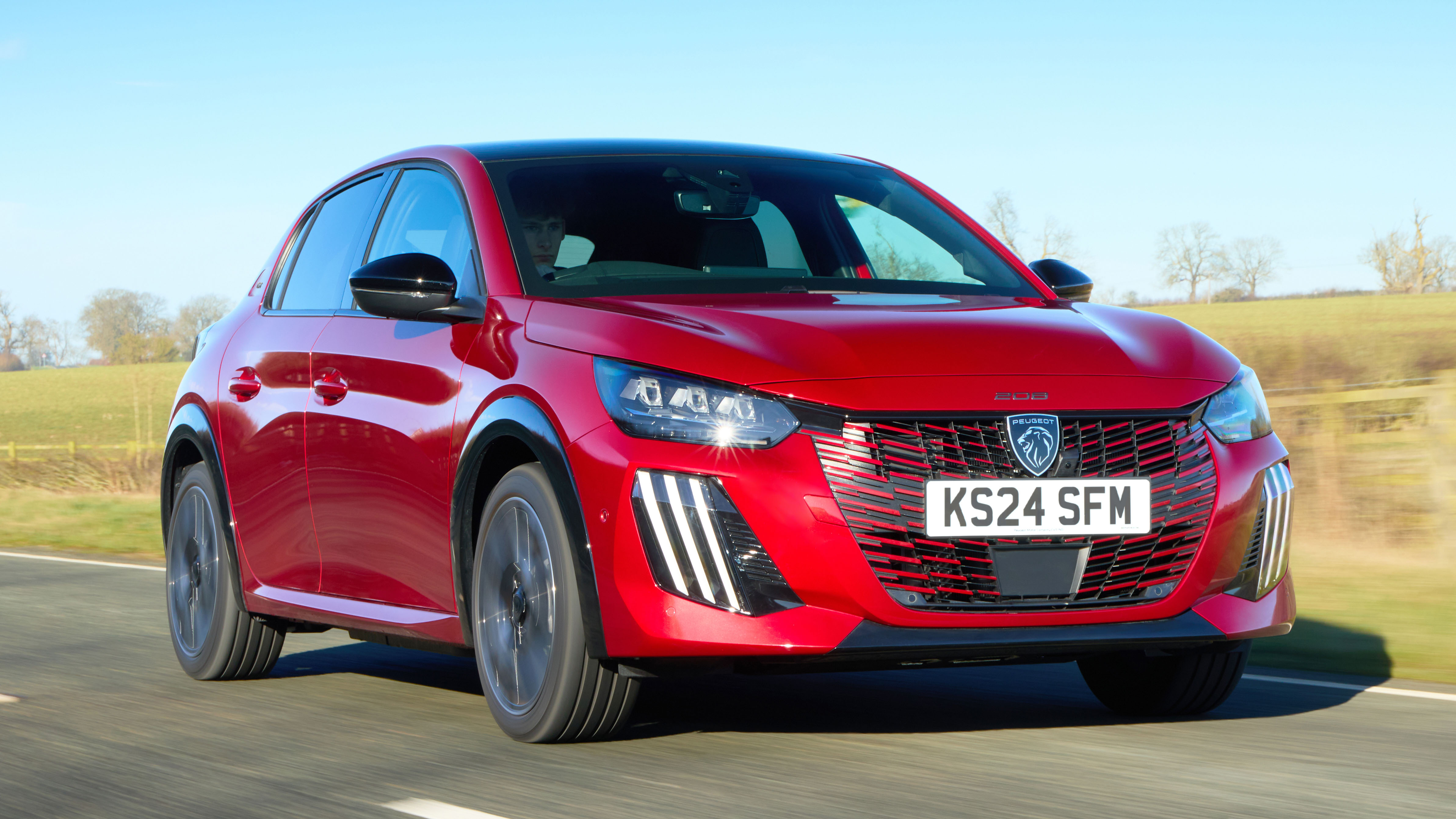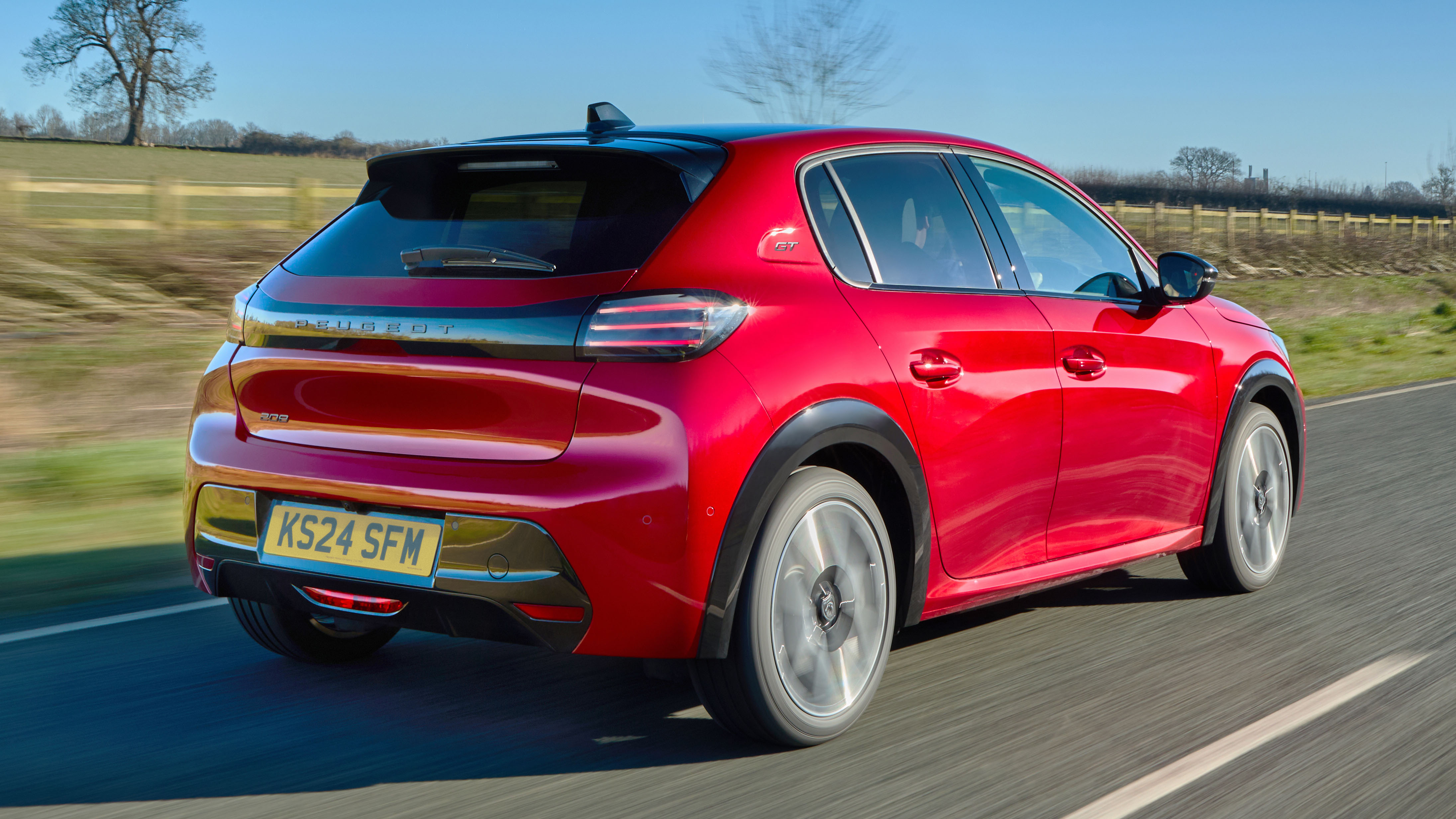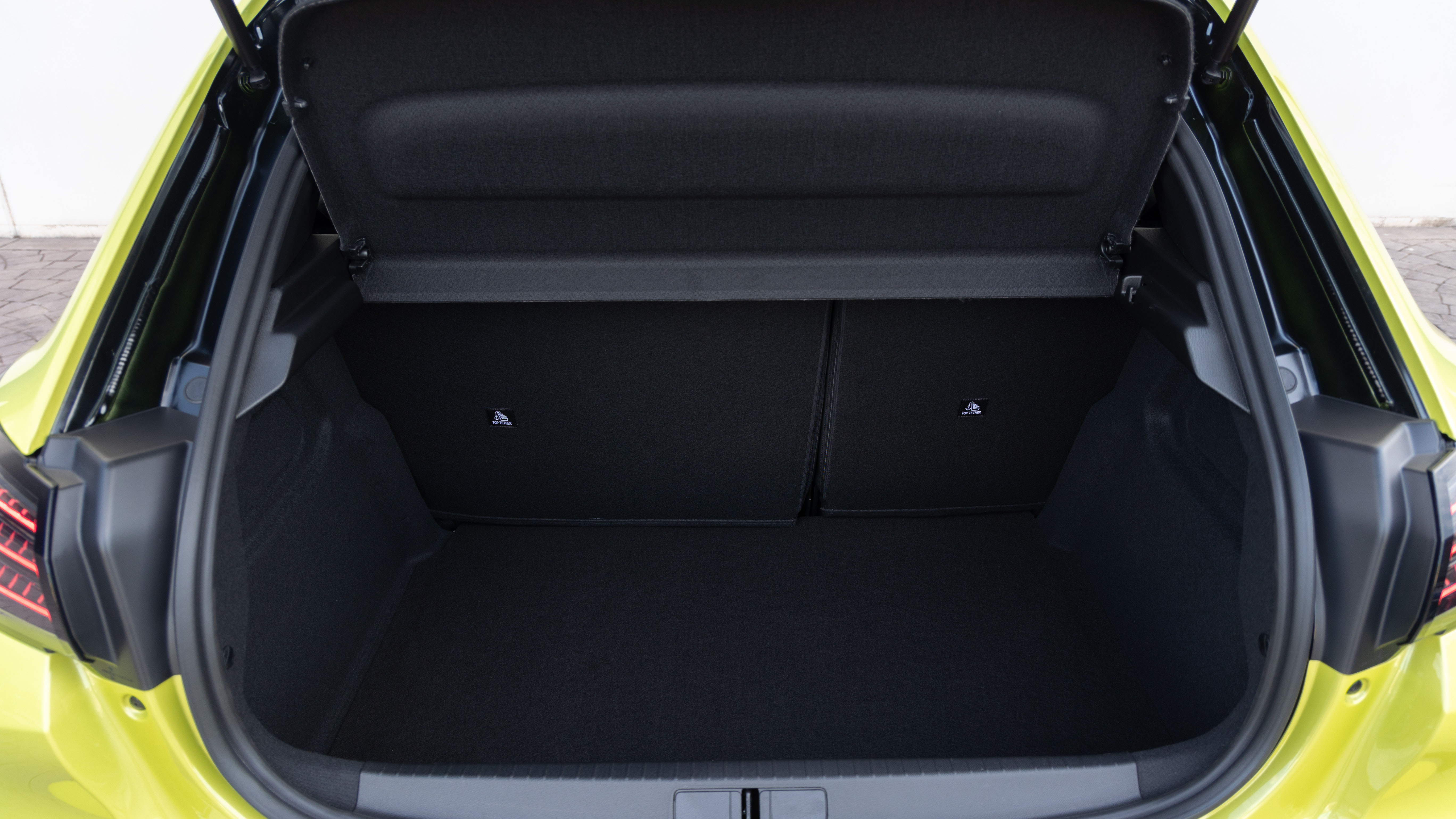
Good stuff
Imaginative design, frugal hybrid powertrain, appealingly honest entry spec
Bad stuff
Love it/hate it idiosyncratic driving position, laggy touchscreen, not very spacious
Overview
What is it?
It’s the smallest Peugeot you can buy now the 108 has said au revoir and Peugeot has sadly quit the city car game. This generation of 208 has been around since mid-2019. It replaced a car also called 208 (after the 206 and 207, Peugeot realised it was going to run out of numbers sooner or later) and it sits on a platform that also underpins the Vauxhall Corsa, DS 3 Crossback and Peugeot’s own 2008 crossover.
What’s been done to keep it fresh?
It got a facelift in mid-2024, which made it 37 per cent more LED-tastic. The claw-inspired running lights now dominate the car’s cheerful cheeks, the grille has more colour-coded vanes, and there’s new LED light clusters front and rear. It’s one of the most striking and handsome superminis around.
As oodles of dreary-looking Chinese runabouts arrive, Peugeot must be relieved to be building one of those rare small cars where you’d know it was a Peugeot even if you covered up the badge. Which was also redesigned recently, come to think of it.
Under the bonnet are two new semi-electric hybrid engines. You can’t plug them in for a charge-up: if that’s your preference, then the all-electric E-208 is for you. It currently benefits from a £1,500 government grant to make it more appealing than before, and perhaps deflect some of the spotlight from the internal combustion versions - but those are what we’ll concentrate on here. They’re still plenty popular and the 208 consistently rides high in Europe’s best-selling car charts with their help.
What are my engine choices?
The range has morphed with the times. So diesels have gone, as have truly low-powered petrols. The range now kicks off with a pure, 100bhp petrol in six-speed manual form. Above that sit a pair of hybrids (albeit modest ones, which you can’t plug in) which pair the same 1.2-litre turbo triple with mild electrification in 100 and 134bhp tunes. Peugeot says adding a dollop of e-boost reduces fuel consumption by up to 15 per cent.
While there’s not been a 200bhp 208 GTI since the previous-gen car, Peugeot has recently announced a hot hatch comeback for the fully electric E-208 with a stonking 276bhp. Like old R34 Skylines used to have, at least from the factory…
The hybrids only offer an automatic gearbox and you won’t mind – it’s a decent transmission and the manual isn’t a classic. But let’s also embrace the fact it exists when even humble hatches like the Toyota Aygo are going auto-only.
Is it as mad on the inside as on the outside?
Oui, though Peugeot has tried to rationalise it a bit for the 2024 update. So, while the steering wheel remains a tiny saucer you have to position very carefully to avoid obscuring the digital dials, there are some useful updates.
The touchscreen’s swelled from 9in to 10in across, and there are pragmatic shortcut keys on the centre console. The automatic gearbox cars also inherit Vauxhall’s drive selector, ensuring it no longer looks like there’s a miniature electric razor laying about on the central tunnel.
And is it good to drive?
It’s fine. The ride is less firm than in the heavier E-208, and if that’s a concern, then avoid GT-line trim and go for a Style or Allure with smaller wheels. But the 208 is not a car you buy for its sharp dynamics. It’s one you buy for its sharp creases and sabre-toothed switchgear. It drives alright but looks terrific and that’s a lot better than where Peugeot was two generations of supermini ago.
What's the verdict?
It’s been a worthwhile update for the 208, honing its smartest-in-class looks while usefully broadening an engine line-up that wasn’t anything to write home about before. It’s still an idiosyncratic thing to punt along a road, because of the acquired-taste cabin architecture and driving position, but we like living in a world where the French still attempt brave, wilfully different design choices even in workaday superminis.
And now the Ford Fiesta has sadly departed and other superminis may follow it out the door soon, the 208 is, by dint of standing out from the crowd, likely to be higher than ever in supermini shopping lists. Especially with its old-school Style entry point that brings modest equipment and a manual gearbox to the masses when far too many rivals are turning their backs on such attainability.
The Rivals
Trending this week
- Car Review
Hyundai Kona
- Long Term Review
Time's up with the Mini Countryman: here's the six-month verdict









